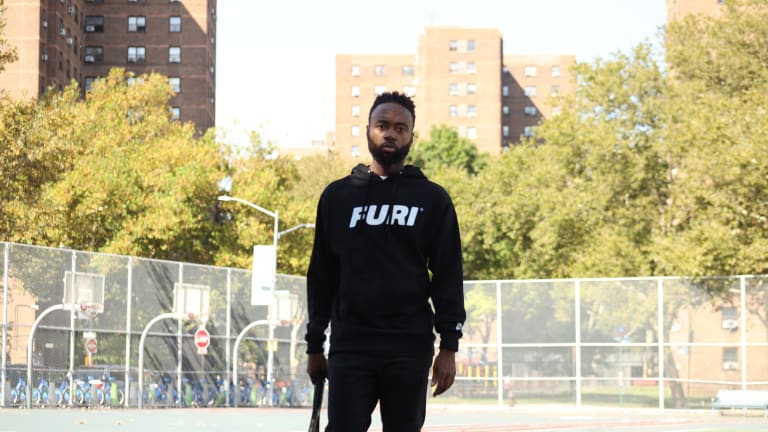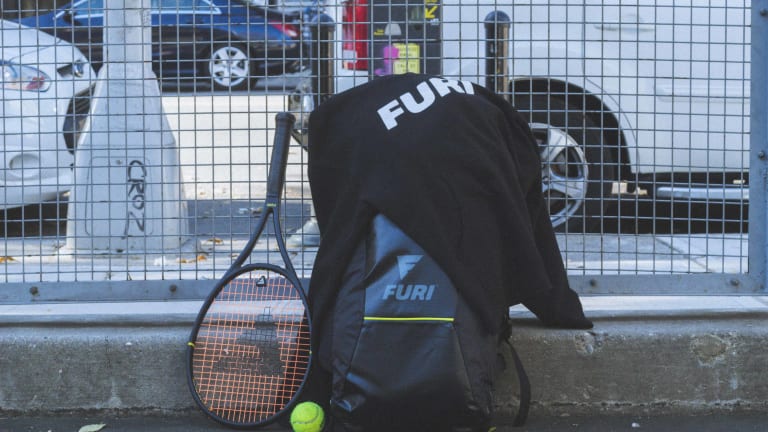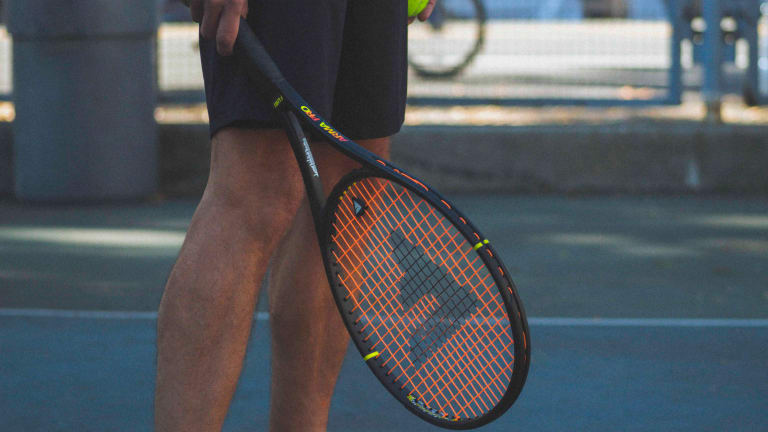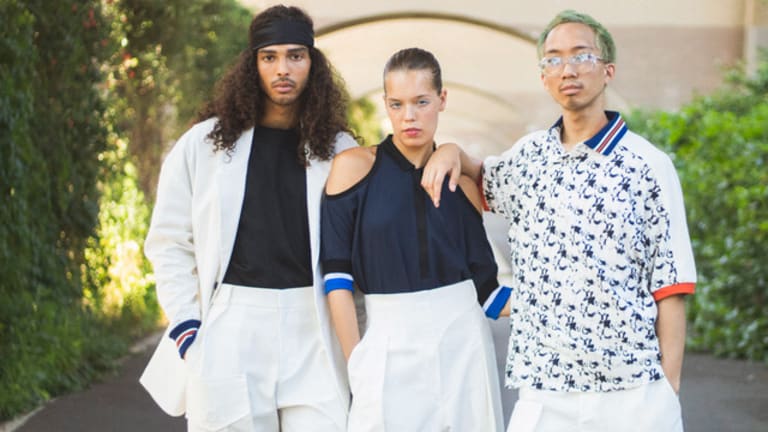Style Points
Style Points: FURI Sport’s Erick Mathelier wants tennis to speak everyone’s language
By Apr 26, 2022Style Points
Adrian Mannarino has a clothing sponsor! Lefty to debut with Celio at Mutua Madrid Open
By Apr 25, 2024Style Points
Leylah Fernandez joins Canadian Olympians to unveil the country's Lululemon Paris outfits
By Apr 22, 2024Style Points
Zendaya pays tribute to the Williams sisters in Carolina Herrera gown and white beads
By Apr 19, 2024Style Points
Emma Raducanu carries BJK Cup momentum—and Team GB's lucky bracelet—into Stuttgart quarterfinals
By Apr 18, 2024Style Points
As inseams get higher, Aryna Sabalenka, Stefanos Tsitsipas lead the Great Shorts Debate 🩳
By Apr 18, 2024Style Points
Look of the Week: Zendaya aces two looks for Challengers premiere, Venus, Genie & more hit LA red carpet
By Apr 17, 2024Style Points
Naomi Osaka shows off New York shopping haul: “Are you kidding me?!”
By Apr 12, 2024Style Points
PHOTOS: Zendaya's surreal tennis-inspired Loewe look during Challengers promo tour
By Apr 09, 2024Style Points
Jannik Sinner dazzles in Gucci for new Vogue magazine profile
By Apr 05, 2024Style Points
Style Points: FURI Sport’s Erick Mathelier wants tennis to speak everyone’s language
Founded in New York City, this Black- and woman-owned apparel and equipment brand has its sights set on disrupting tennis from the ground up—starting with the racquet.
Published Apr 26, 2022

© Stefen Pompée for FURI Sport
Advertising

FURI Sport is a Black- and woman-owned tennis apparel and equipment brand founded in New York City.
© Stefen Pompée for FURI Sport

The ‘Arma’ racquet, which comes in pro and lite versions, is made with a proprietary material that is “stronger than graphite".
© Stefen Pompée for FURI Sport
Advertising

TFP's upcoming collection is designed as “a stylized homage” to the four Grand Slam tournaments.
© Stefen Pompée for FURI Sport